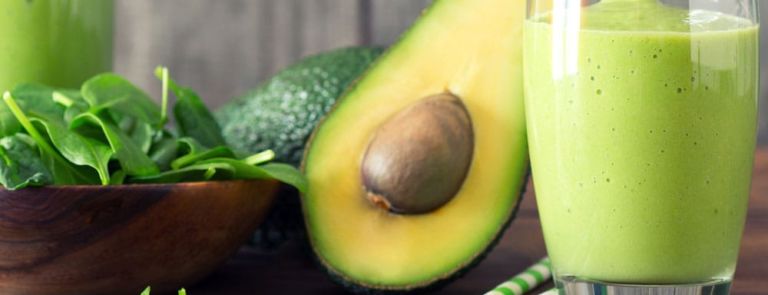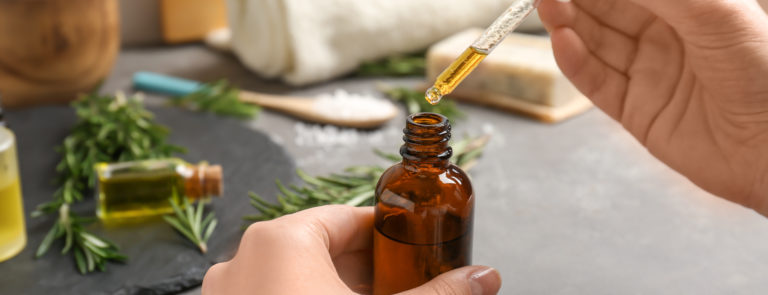15% off £40
Code:QUICK
Vitamin E: functions, foods, deficiency and supplements

Vitamin E is a powerful antioxidant – an essential vitamin that helps protect the body.
Find out all about vitamin E, including what it does, how much you need, where to find it, and who might need to supplement their diet
Overview of vitamin E
What is vitamin E and what does it do?
Vitamin E is a group of eight compounds, including tocopherol, found in many foods. It’s a fat-soluble vitamin, which means you don’t need to take it every day because it’s stored in the liver until needed.1 Vitamin E is important for strong immune function and helps maintain healthy skin and eyes.2 It’s also an antioxidant, so it protects the body from damage due to free radicals (oxidation). Plant oils, like olive oil, are a rich source of vitamin E. Soya, nuts and cereal are good sources too.3 Most people get all the vitamin E they need from their diet, so a deficiency is rare. Symptoms of a vitamin E deficiency can include a lack of coordination and muscle weakness.4Functions of vitamin E
What does vitamin E do in the body?
Vitamin E is a powerful antioxidant, helping protect cells against free-radical damage. It plays an important role in your immune system, the body’s defence against illness and infection.5 Vitamin E also helps maintain:6,7- cell membranes
- formation of red blood cells
- cell to cell communications
- healthy skin
- normal vision
- blood clotting, using vitamin K
How much vitamin E do I need?
There’s no specific recommendation for vitamin E in the UK, but the NHS advises 3mg a day for women and 4mg for men.8 This can be provided in roughly 10 almonds.9 The European Food Safety Authority recommends higher levels: 11mg for women and 13mg for men.10 Vitamin E can be found in a range of foods, especially fats and oils, so your diet should provide all the vitamin E you need.11Vitamin E foods
Which foods are the best sources of vitamin E?
Foods that contain vitamin E include:12,13- wheatgerm, sunflower, sesame and olive oils
- avocado
- nuts
- salmon
- red peppers
- wholegrain bread
- egg yolks
Vitamin E deficiency
What are the symptoms of a vitamin E deficiency?
Most people get more than enough vitamin E from their diet, so deficiency is rare. However, people with health conditions that make it difficult to absorb fats and fat-soluble vitamins, like cystic fibrosis and Crohn’s disease, may be at risk of a deficiency.14 Symptoms of a vitamin E deficiency include:15- muscle pain
- vision problems
- disorientation
What happens if I consume too much vitamin E?
Little is known about the effects of high doses of vitamin E on the body, but scientists have reported that very high doses of vitamin E over long periods may be connected to an increased risk of stroke.16 The NHS says that taking up to 540mg of vitamin E a day is unlikely to cause harm.17Vitamin E supplements
When should I take vitamin E supplements?
You’re very likely to get all the vitamin E your body needs from eating a healthy, balanced diet.18 However, if you have a health condition that prevents your body from absorbing fats, talk to your doctor first. Avoid taking a vitamin E supplement if you have iron-deficiency anaemia, hyperthyroidism or are taking anti-coagulant medicines.19Should women take a vitamin E supplement during pregnancy?
No, it’s best to focus on getting your vitamin E from your diet. A 2015 Cochrane review of 21 trials found taking vitamin E supplements during pregnancy is associated with stomach pain and early rupture of the membranes once full-term.20What are the potential benefits of taking a vitamin E supplement?
As well as boosting the immune system,21 studies have found vitamin E supplements can help improve:- period pain22
- nail health23
- eczema symptoms24
Related Articles
Shop by wellness goal
Sign up for exclusive offers
Plus, get expert advice to support your health & wellness straight to your inbox when you sign up to Holland & Barrett emails.
Read our
privacy policy













